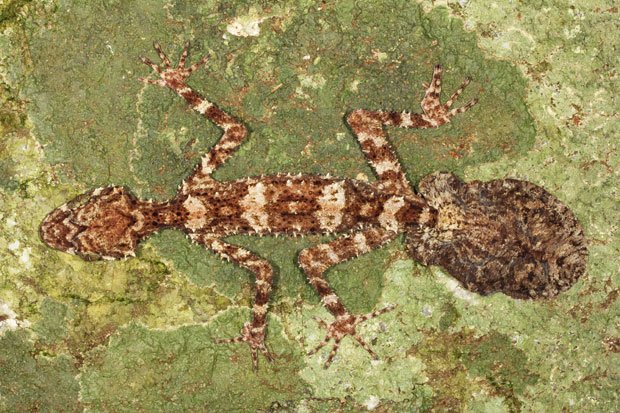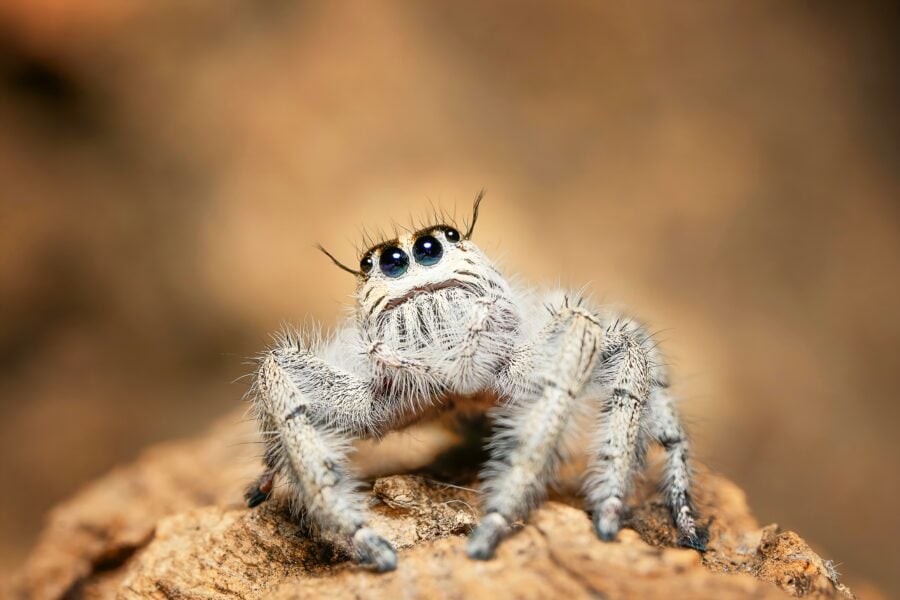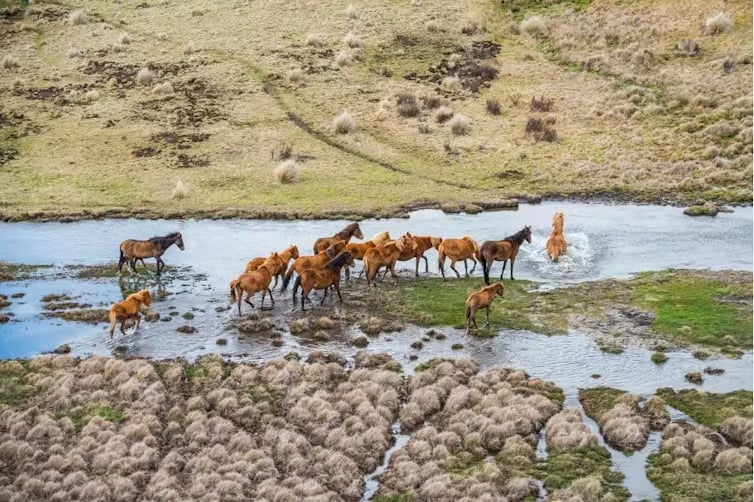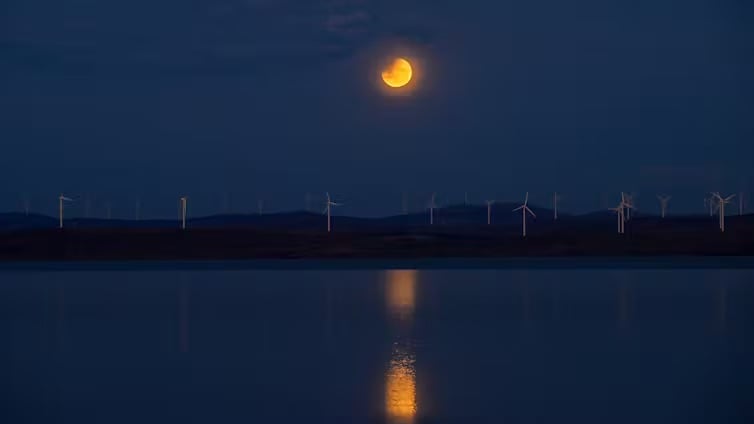New Cape York species are incredible find

THREE NEW SPECIES HAVE been uncovered in an isolated mountain range on the east coast of Cape York Peninsula, and scientists say there could be more.
In March, for the first time, researchers conducted wildlife surveys in a boulder-strewn rainforest at Cape Melville, about 325km north of Cairns.
After four days in the field, they discovered three new vertebrate species: the Cape Melville leaf-tailed gecko (Saltuarius eximius), the Cape Melville shade skink (Saproscincus saltus) and the blotched boulder-frog (Cophxalus petrophilus).
Future expeditions to the remote and rugged headland are likely to reveal even more unknown endemic species, says lead researcher Dr Conrad Hoskin, from James Cook University in Townsville.
Cape York reveals new gecko, frog and skink
“I’d strongly suspected there would be at least one new species up there, but I was blown away by three new species, and by how distinct they are,” Conrad told Australian Geographic. “There will certainly be more new species, but it’s hard to estimate numbers.”
Conrad and National Geographic photographer Dr Tim Laman were air-lifted to the isolated rainforest plateau by helicopter before identifying the species, which were described this month in international journal Zootaxa.
“I’d been intrigued by Cape Melville for a long time – ever since I drove to the base of it a decade ago and looked up at the massive boulder-fields,” says Conrad. “It struck me that something exciting would be up there.”
Cape Melville has one of the highest rates of endemic vertebrates for a geographical area in Australia. Its uplands consist of a unique rainforest habitat that has been isolated for millennia, fortressed by granite boulder walls and surrounded by hot, dry forest.
The three newly discovered species are restricted to the rainforest and boulder-fields. “They’ve been isolated there for millennia, evolving into distinct species in their unique rocky environment,” says Conrad.
Cape Melville home to more species
“In this day and age, it is almost unheard of to find three new vertebrates at a single location, particularly in such a short time frame,” says Patrick Couper, curator of reptiles and amphibians at the Queensland Museum.
About two new frogs and a handful of new reptiles are described in Australia each year, says Patrick.
“It’s still commonplace to look at what is considered a single widespread reptile species and to find that it is in fact a complex containing a number of species,” says Patrick.
However, the species Conrad and his team discovered are totally new. “Nobody had any idea that they existed before his two visits to the site,” says Patrick. “We’ve only just scratched the surface at Melville Range… so few people have visited this rainforest that we really have no idea what else it might contain.”
Conrad is confident new invertebrate species will be discovered in the uplands. “Groups of interest for the next survey will be invertebrates, such as insects, spiders and snails,” he says. “We will also survey wildlife more broadly, including bird and mammal surveys.”
RELATED STORIES




